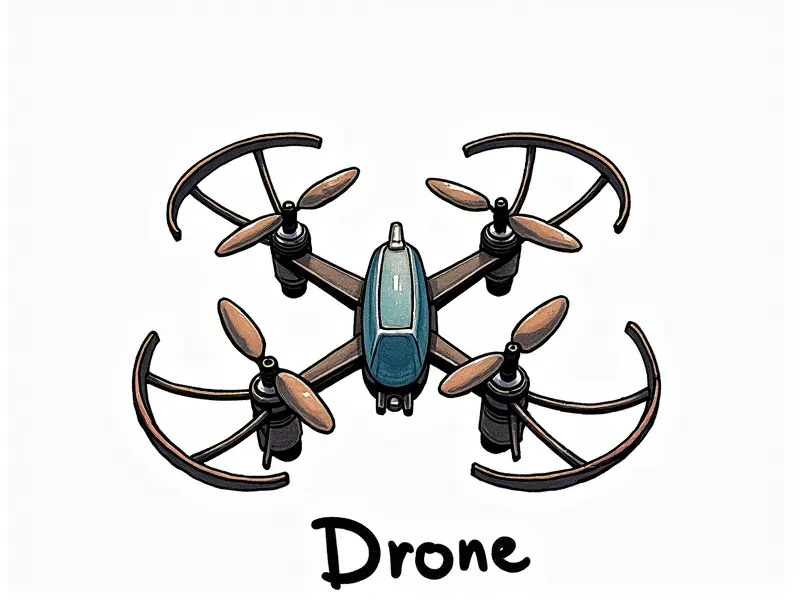How to tune an ESC for RC?

How to Tune ESCs for Optimal Performance
Tuning your Electronic Speed Controller (ESC) is crucial for achieving optimal performance in radio-controlled (RC) vehicles, drones, and other models. Properly calibrated ESC settings can significantly enhance the efficiency, stability, and overall control of your RC setup.
Mastering ESC Tuning for RC Efficiency
To master ESC tuning, you need to understand the key parameters that affect performance. These include:
- BEC Voltage: The Battery Eliminator Circuit (BEC) voltage setting ensures your receiver and servos receive a stable power supply.
- Deadband: This parameter controls how much throttle input is required before the motor starts moving. A smaller deadband can improve responsiveness but may cause instability at low speeds.
- Brake Strength: Adjusting brake strength helps in controlling the deceleration of your RC model, which is particularly important for high-speed applications.
Step-by-Step Guide to ESC Calibration
Fine-tuning your ESC involves several steps. Here’s a detailed guide:
- Connect the ESC and Battery: Connect your ESC to the battery and receiver, ensuring all connections are secure.
- Initialize the ESC: Follow the manufacturer's instructions for initializing the ESC. This usually involves holding down a specific button while powering up the system.
- Set Throttle Limits: Adjust the throttle limits to prevent over-revving or stalling your motor.
- Tune Deadband and Brake Strength: Fine-tune these settings for better control and stability.
Fine-Tuning Your ESC for Precision Control
To achieve precision control, focus on the following aspects:
- Adjust Response Time: Shorter response times can improve responsiveness but may cause instability. Longer response times provide smoother operation.
- Optimize Motor Timing: Proper motor timing ensures efficient power delivery and reduces heat generation in the ESC.
Quick Guide: Perfecting Your ESC Settings
A quick guide to perfect your ESC settings includes:
- Battery Capacity: Ensure your battery capacity matches the ESC's specifications for optimal performance and longevity.
- ESC Firmware Update: Keep your ESC firmware up-to-date for better compatibility with modern RC systems.
ESC Tweaks for Enhanced Flight Stability
To enhance flight stability, consider the following tweaks:
- Battery Voltage Monitoring: Monitor battery voltage to prevent over-discharge and ensure consistent performance throughout your flight.
- Damping Settings: Adjust damping settings for smoother transitions between throttle levels.
Beginner's Guide to ESC Calibration
If you're new to RC tuning, start with these basic steps:
- Understand Basic Parameters: Learn about BEC voltage, deadband, and brake strength.
- Follow Manufacturer Instructions: Always refer to the manufacturer's documentation for specific instructions on initializing your ESC.
Tips for Adjusting ESC Parameters in RC
Here are some tips for adjusting ESC parameters effectively:
- Start with Defaults: Begin by using default settings and gradually make adjustments based on performance needs.
- Test Incrementally: Make small changes to parameters and test the impact before making further adjustments.
Maximizing ESC Potential with Smart Tuning
To maximize your ESC's potential, consider these smart tuning strategies:
- Use Advanced Features: Leverage advanced features like telemetry and real-time monitoring for better control.
- Optimize Power Delivery: Ensure efficient power delivery to the motor by fine-tuning motor timing and voltage settings.
Essential Steps to Tune Your RC ESC
The essential steps to tune your RC ESC include:
- Initial Setup: Connect the ESC, battery, and receiver properly.
- Parameter Adjustment: Adjust key parameters like BEC voltage, deadband, and brake strength.
- Testing and Iteration: Test your setup under various conditions and make iterative adjustments for optimal performance.
The Art of ESC Adjustment in RC
Mastery over ESC adjustment is an art that requires patience and practice. By understanding the nuances of each parameter, you can achieve unparalleled control and stability in your RC models.

